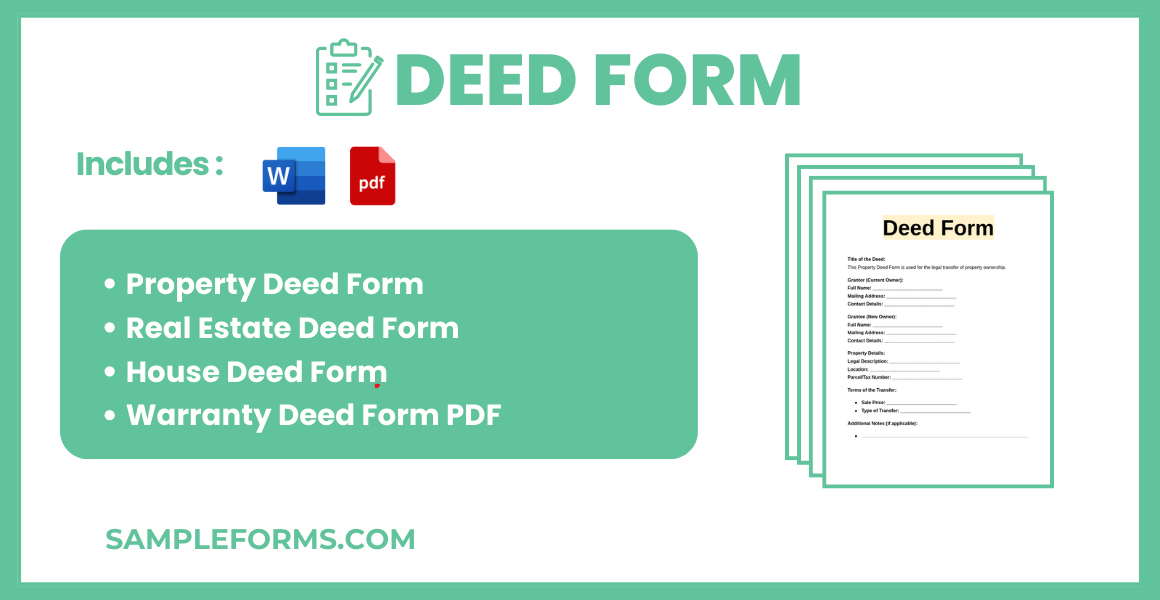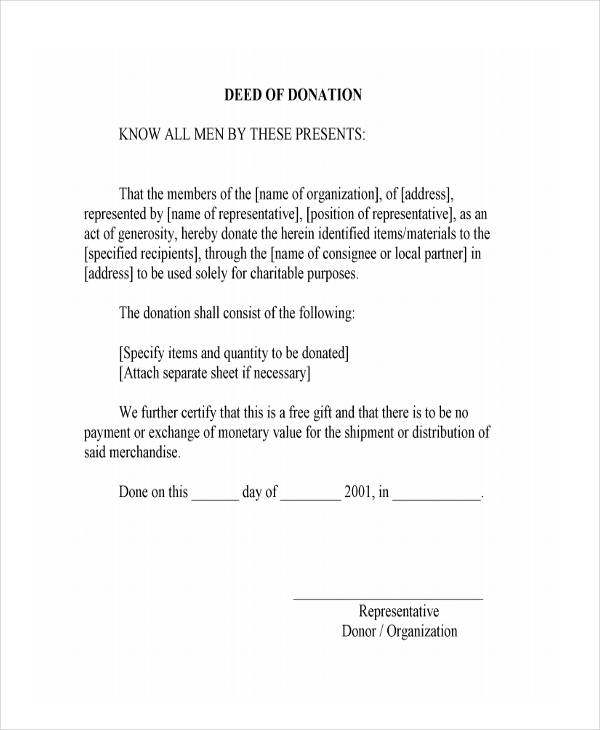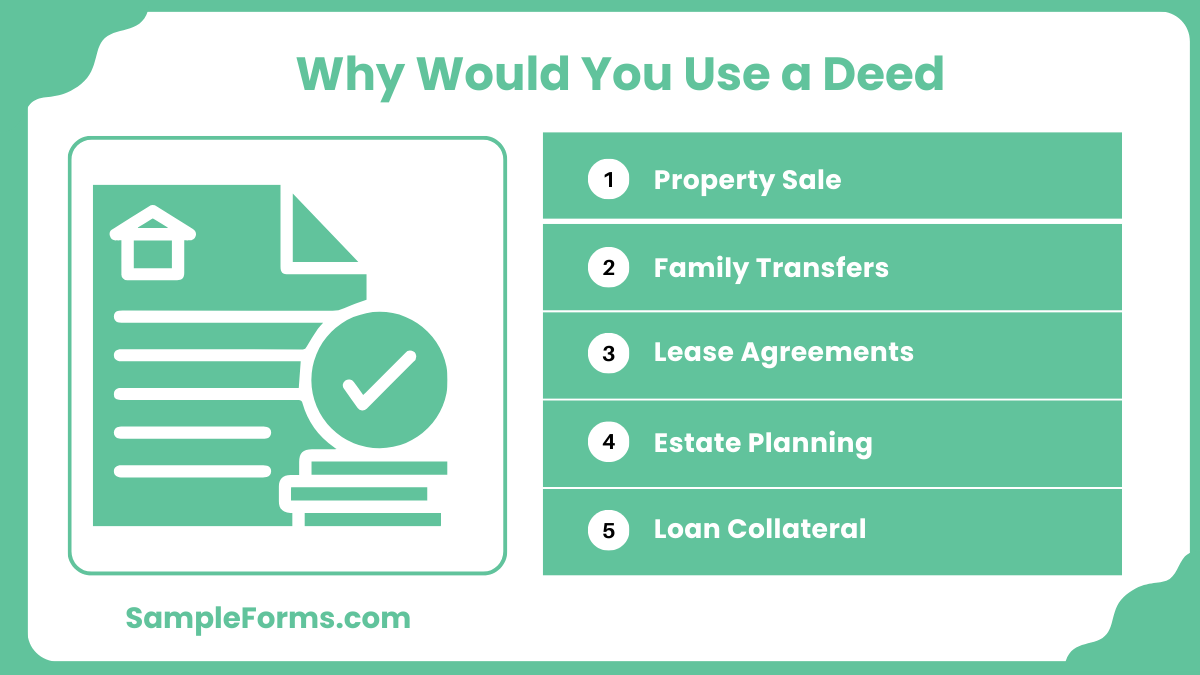A Deed Form facilitates the legal transfer of property ownership, ensuring compliance with local laws. Whether you need a simple or detailed form, understanding its structure is crucial. It typically includes property details, involved parties’ information, and signatures to validate the transaction. From personal real estate deals to business transactions, this document is indispensable. A Grant Deed Form is a popular variant that guarantees ownership transfer with specific assurances, making it ideal for most property exchanges. Simplify your legal processes with well-structured, clear, and comprehensive deed examples.
What is a Deed Form?
A Deed Form is a legal document used to transfer property ownership from one party to another. It ensures the rights of the new owner are recognized by law. Typically, a deed includes the names of the grantor and grantee, property description, and any conditions tied to the transfer. It serves as proof of ownership, safeguarding all parties in property transactions.
Deed Format
Title of Document: Deed of Transfer
Effective Date: [Insert Date]
Parties Involved:
- Grantor (Seller): Full Name, Address, Contact Details.
- Grantee (Buyer): Full Name, Address, Contact Details.
Property Description:
Include a detailed description of the property being transferred. Mention boundaries, address, parcel number, dimensions, and any other legal identifiers.
Terms and Conditions of Transfer:
- Consideration: Specify the purchase price or other considerations agreed upon by both parties.
- Transfer Conditions: Highlight obligations, timelines, and any encumbrances or restrictions.
Covenants:
List any warranties or assurances provided by the grantor, such as a clear title or absence of legal disputes.
Acknowledgment Section:
- Witnesses: Space for witness names, signatures, and contact details.
- Notarization: Include space for notary public signature, seal, and date.
Execution Section:
- Grantor’s Signature:
- Grantee’s Signature:
- Date of Execution:
Property Deed Form
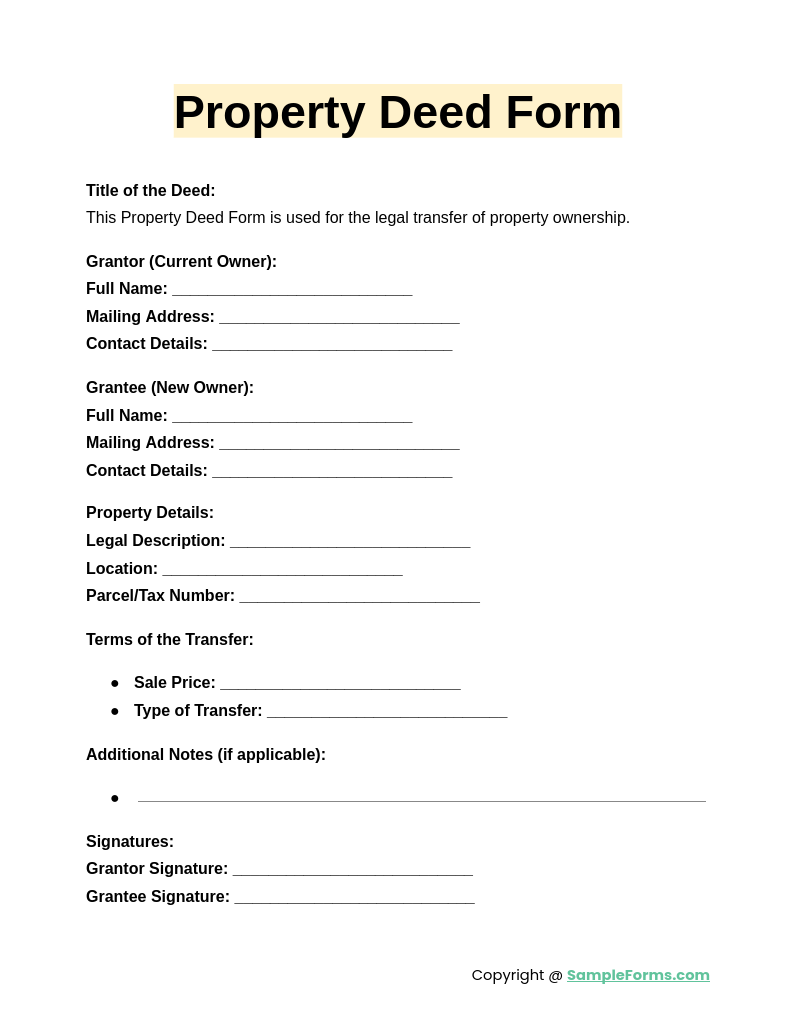
A Property Deed Form facilitates the legal transfer of property ownership between parties. It guarantees accurate documentation for ownership rights and conditions, much like a Contract for Deed Form, ensuring a transparent and secure transaction process.
Real Estate Deed Form

A Real Estate Deed Form is essential for conveying real property ownership, protecting all involved parties. This form, similar to a Quit Claim Deed Form, records ownership details and terms, enabling hassle-free property transactions and legal compliance.
House Deed Form
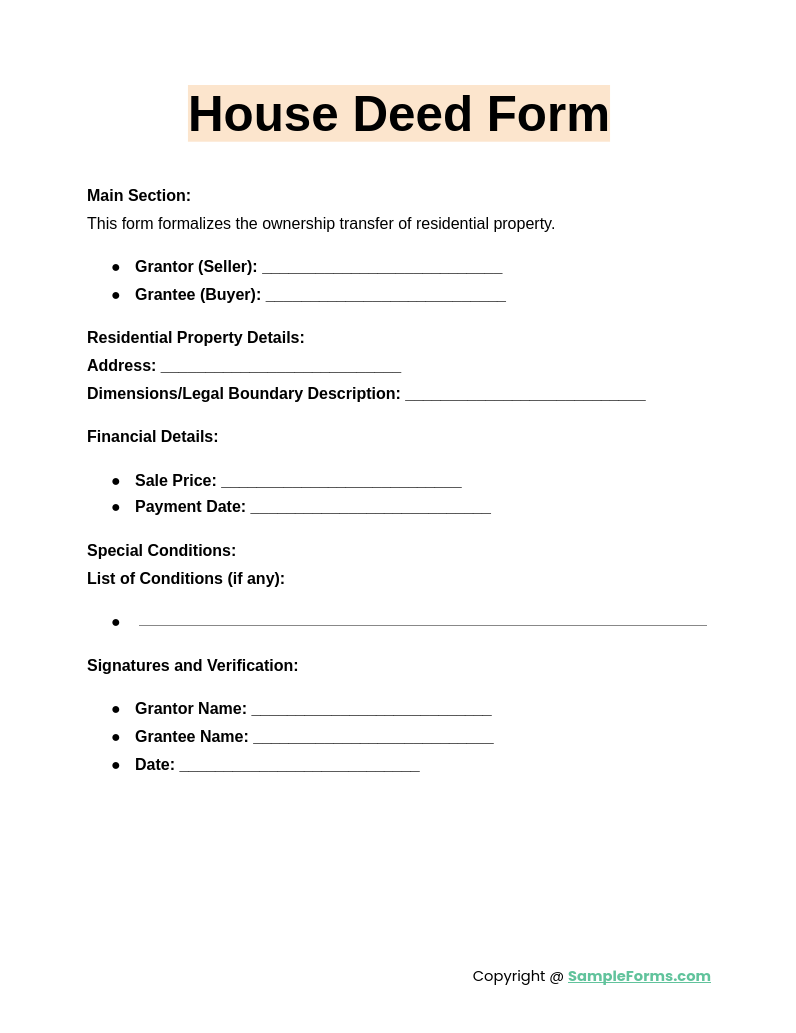
A House Deed Form provides a legal framework for transferring residential property ownership. Like a Warranty Deed Form, it ensures all ownership claims are clear, offering peace of mind for buyers and sellers during the transaction.
Warranty Deed Form PDF

A Warranty Deed Form PDF ensures a smooth and trustworthy property transfer. This digital format, akin to a Real Estate Deed Form, is ideal for accurate, accessible, and enforceable documentation in real estate dealings.
Warranty Deed Forms
Special Warranty Deed
General Warranty
Blank Warranty
Limited Warranty
Grant Deed Forms
Grant Bargain Sale Deed
Property Grant
Life Estate Grant
Transfer Deed Forms
Trust Transfer
Vehicle Transfer
Securities Transfer
Quit Deed Forms
Quit Claim
Quitclaim Deed Transfer
Quit Deed Change
Deed Order Forms
Deed Copy Order Form
Deed Upgrade Order Form
Quitclaim Deed Form
Printable Quitclaim
Mining Quitclaim
Corporation Quitclaim
Property Deed Form
Property Warranty
Property Quitclaim
Property Transfer
Deed of Donation Form
Deed of Absolute Sale Form
Deed of Assignment Form
What is the purpose of a deed?
A deed is a legal document that establishes property ownership and defines terms of transfer. It protects both parties’ rights.
- Ownership Evidence: Deeds act as proof of ownership, ensuring transparency.
- Transfer Legality: They formalize the transfer of property rights, preventing disputes.
- Agreement Terms: They specify obligations, like those in an Agreement Form.
- Legal Compliance: Deeds comply with state property laws and regulations.
- Tax Documentation: They help in calculating tax liabilities for property transactions.
What are the disadvantages of a deed?
While deeds safeguard ownership, they can present challenges such as costs and complexities in processing, especially in disputed claims.
- Costs Involved: Processing and notarization can be expensive.
- Complex Legal Terms: Requires professional assistance for accuracy.
- Not Always Secure: Quit Deed Form transfers don’t guarantee ownership protection.
- Time-Consuming: Completing and recording deeds can take significant time.
- Errors Risk: Mistakes in drafting may void the document.
How to transfer property title to family member in California?
Transferring a title in California requires legal documentation and adherence to specific state laws, ensuring a smooth process for family members.
- Select the Right Form: Use a Quitclaim Deed Form for swift transfer.
- Complete the Form: Include all property details and family member information.
- Notarize the Deed: Both parties must sign before a notary.
- File with the County Recorder: Submit the deed and pay recording fees.
- Update Property Taxes: Notify the tax assessor about the ownership change.
How do I see who owns property near me?
To find property ownership details, you can use public records or online property search tools offered by local government agencies.
- Visit County Assessor’s Office: They provide ownership details.
- Search Online Portals: Use digital tools to access property records.
- Use a Property App: Platforms often display ownership details.
- Request a Title Search: A formal request ensures complete data.
- Check Deeds: Documents like a Lease Termination Agreement may clarify ownership.
Why would you use a deed?
Deeds are crucial for formalizing property transfers, establishing ownership rights, and ensuring legally binding agreements between all parties involved.
- Property Sale: Essential for buying and selling properties.
- Family Transfers: Simplifies legal ownership changes among relatives.
- Lease Agreements: Used in transactions like a Truck Lease Agreement.
- Estate Planning: Helps distribute assets posthumously.
- Loan Collateral: Deeds secure property-based loans effectively.
How do I get the deed to my property in California?
Visit your county recorder’s office, request a copy, and pay the required fee. A Room Lease Agreement may include title details.
Does a deed need to be notarized in California?
Yes, California law requires deeds to be signed and notarized to validate ownership and ensure proper legal transfer. You may also see Trailer Rental Agreement Form
What is an example of a deed?
A Buy Sell Agreement Form often resembles a Quitclaim Deed, which transfers property ownership without warranties or guarantees.
Do I need a lawyer to transfer a deed in Florida?
Though not mandatory, hiring a lawyer ensures the transfer process meets legal standards, especially for Commercial Rental Agreement Form transactions.
Who owns the land next to me?
Check with your local property assessor’s office or public records to identify the owner. Documents like a Parking Agreement Form may provide additional details.
Can I prepare my own deed in PA?
Yes, individuals can prepare deeds in Pennsylvania; however, consulting an expert for legal accuracy is advisable. You may also see Business Purchase Agreement Form
Is a deed worthless if not recorded?
While not legally void, an unrecorded deed may lack enforceability against third parties. Recording protects ownership rights. You may also see Non Compete Agreement Form
How do I transfer a deed to a family member in PA?
Use a legal deed form, sign it with a notary, and record it with the county. A Settlement Agreement Form can clarify terms.
What is the most common form of deed?
Warranty deeds are the most commonly used for property transfers, ensuring a clear title with guaranteed protection. You may also see Room Agreement Form
What needs to be a deed?
Key elements include the grantor, grantee, property description, and signatures. A Business Partnership Agreement rarely substitutes a formal deed for property rights.
A Deed Form simplifies property transfers, ensuring legal compliance and accurate ownership documentation. Whether for residential or commercial purposes, it’s essential for secure transactions. A Commercial Agreement Form complements it when business assets are involved, providing clarity on ownership and terms. Choose the correct deed type for your specific needs to avoid legal disputes and ensure a seamless ownership transfer process.
Related Posts Here
-
FREE 49+ Budget Forms in PDF | MS Word | Excel
-
Profile Form
-
Menu Form
-
Event Planner Form
-
FREE 16+ Ticket Order Forms in PDF | MS Word | Excel
-
Employee Dress Code Policy Form
-
Rental History Form
-
Advertising Contract Form
-
Service Agreement Form
-
Income Statement Form
-
Accident Statement Form
-
Performance Review Form
-
Event Contract Form
-
Contest Registration Form
-
Waiting List Form

